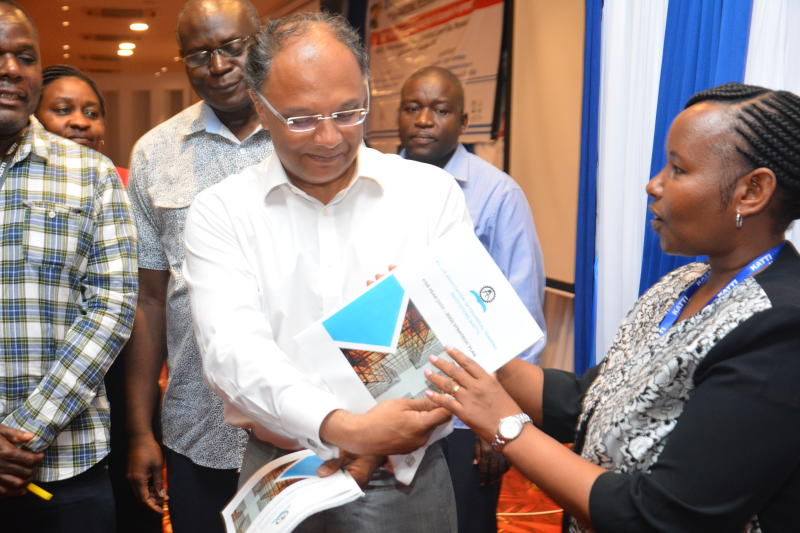×
The Standard e-Paper
Informed Minds Prefer The Standard

Inaccessibility due to poor road network, lack of hostels and delays in the disbursement of capitation are some of the challenges facing tertiary institutions.
Tertiary education experts say acute shortage of trainers could also affect the rollout of labour-market responsive training next year.